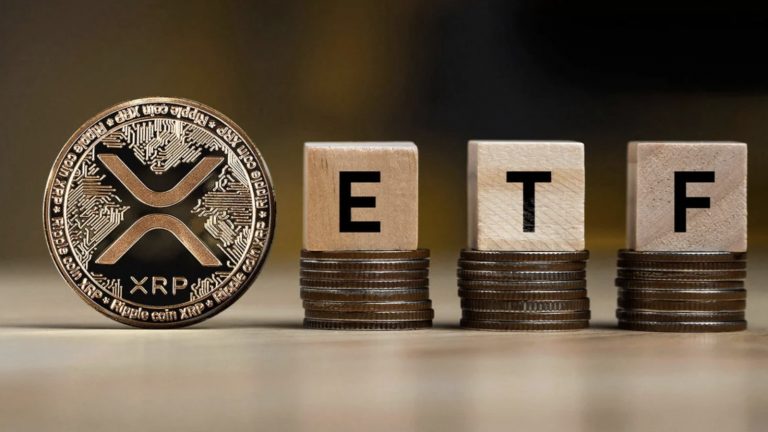
CME Group is set to launch cash-settled XRP futures on May 19, 2025, pending regulatory approval. These futures will allow investors to speculate on XRP’s price without holding the asset, using the CME CF XRP-Dollar Reference Rate, calculated daily at 4:00 p.m. Two contract sizes will be available: micro (2,500 XRP) and standard (50,000 XRP), catering to both retail and institutional traders.
This move expands CME’s crypto derivatives suite, following Bitcoin, Ethereum, and Solana futures, and reflects growing institutional interest in XRP amid improved regulatory clarity post-Ripple’s SEC settlement. The launch of CME Group’s cash-settled XRP futures on May 19, 2025, carries significant implications for the cryptocurrency market, institutional adoption, and XRP’s role in finance.
CME’s XRP futures provide a regulated, cash-settled product for institutional investors to gain exposure to XRP without the complexities of custody or direct ownership. This lowers barriers for hedge funds, asset managers, and banks. The futures align with CME’s existing crypto derivatives (Bitcoin, Ethereum, Solana), signaling growing mainstream acceptance of XRP as a legitimate asset class.
Register for Tekedia Mini-MBA edition 19 (Feb 9 – May 2, 2026): big discounts for early bird.
Tekedia AI in Business Masterclass opens registrations.
Join Tekedia Capital Syndicate and co-invest in great global startups.
Register for Tekedia AI Lab: From Technical Design to Deployment (next edition begins Jan 24 2026).
Post-Ripple’s SEC settlement, improved regulatory clarity reduces legal risks, encouraging institutions to engage with XRP derivatives. Futures contracts enable hedging, which can reduce XRP’s price volatility—a common barrier to institutional investment. The availability of micro (2,500 XRP) and standard (50,000 XRP) contracts broadens market participation, increasing trading volume and liquidity.
The CME CF XRP-Dollar Reference Rate, used for settlement, provides a transparent benchmark, fostering trust in pricing. Futures allow investors to bet on XRP’s price movements, potentially amplifying bullish or bearish sentiment. This could drive short-term price swings, especially around the launch. Positive sentiment from institutional entry may boost XRP’s market perception, reinforcing its utility in cross-border payments via Ripple’s network.
Ripple’s Ecosystem Growth
XRP futures validate Ripple’s efforts to position XRP as a bridge currency for global payments, potentially accelerating adoption by financial institutions using RippleNet. The launch may spur further development of XRP-based financial products, such as ETFs or structured products, pending regulatory approval. The launch, subject to regulatory approval, underscores a maturing crypto regulatory environment in the U.S., particularly after Ripple’s legal clarity. It may pressure regulators to define clearer guidelines for other altcoins, shaping the broader crypto derivatives market.
The introduction of XRP futures creates a divide among stakeholders, reflecting differing priorities, access levels, and views on centralization. Benefit from regulated access to XRP exposure, with tools for hedging and risk management. Large players may dominate standard contracts (50,000 XRP), influencing market dynamics. Micro contracts (2,500 XRP) make futures accessible to smaller traders, but retail investors may lack the capital or expertise to compete with institutions. This could widen the gap in market influence.
Institutions gain sophisticated tools and liquidity, while retail traders face barriers like high margin requirements or limited understanding of futures, potentially exacerbating wealth disparities. View futures as validation of XRP’s utility and Ripple’s vision, especially for cross-border payments. They see institutional backing as a step toward mass adoption. Criticize XRP’s centralized nature (Ripple’s significant XRP holdings and control) and argue futures legitimize a less decentralized asset over Bitcoin or Ethereum.
The launch may deepen ideological tensions within the crypto community, with XRP’s corporate backing clashing with the ethos of decentralization. XRP’s use in Ripple’s international payment solutions (e.g., Asia-Pacific) may see boosted credibility, but futures are primarily U.S.-centric due to CME’s regulatory framework.
The launch caters to U.S. institutions, potentially sidelining markets where XRP has stronger real-world adoption (e.g., Japan, Middle East). Non-U.S. participants may feel excluded from the futures market due to regulatory or access barriers, creating a U.S.-centric bias in XRP’s financialization. Futures attract traders focused on price movements, potentially overshadowing XRP’s intended use case in payments.
Ripple and XRP proponents emphasize real-world applications, worrying that speculative trading could distort XRP’s value proposition. The futures market may prioritize short-term profits over long-term utility, creating tension between speculative and fundamental value drivers.
CME’s XRP futures launch is a pivotal step toward mainstreaming XRP, enhancing liquidity, and attracting institutional capital. However, it also highlights divides between institutional and retail investors, ideological factions within crypto, global and U.S.-centric markets, and speculative versus utility-driven agendas. These dynamics will shape XRP’s trajectory, with the potential to either bridge gaps through broader adoption or widen them if access and priorities remain uneven.



